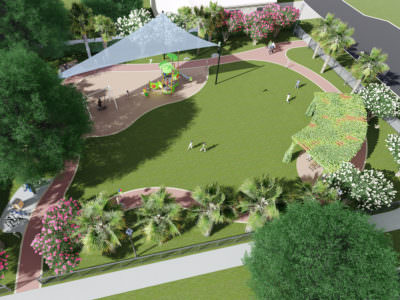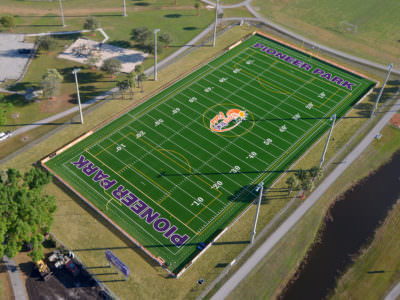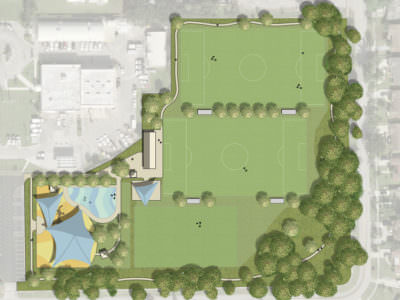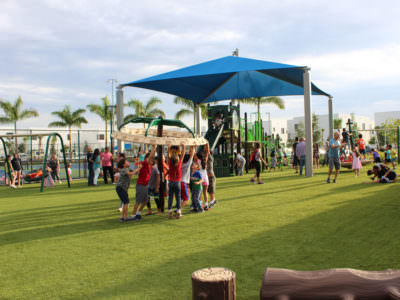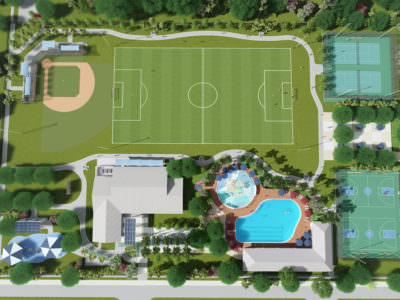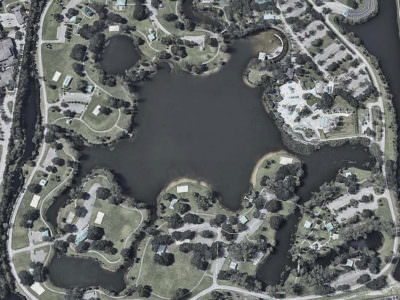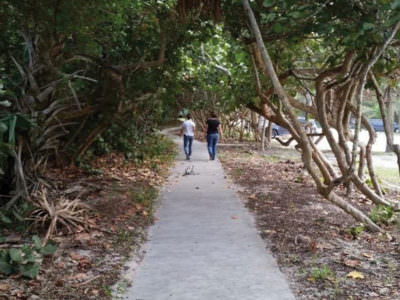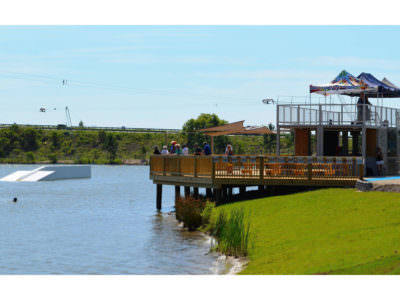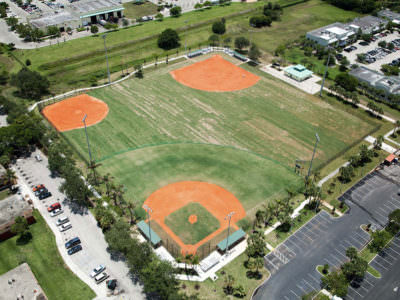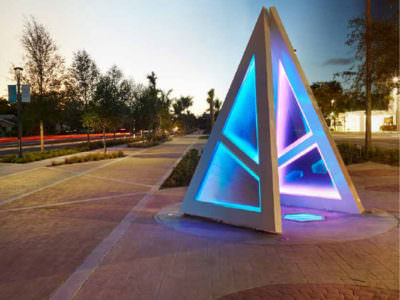“CMA believes in the power of parks to transform communities physically, economically, and socially.”
CMA believes in the power of parks to transform communities physically, economically, and socially. CMA advocates for the integration of the National Recreation and Parks Association’s (NRPA) three pillars of Health & Wellness, Conservation, and Social Equity in our work. We work with Parks and Recreation agencies throughout Florida to plan, design, and permit regional, urban, neighborhood, and coastal parks; greenways and trails; athletic fields; aquatic facilities; golf courses; and other special use facilities.
The CMA team has designed a wide array of recreational facilities. These include regional parks, city parks, neighborhood parks, coastal parks, waterfront parks, golf courses and a wide range of athletic fields. Recreational project sizes have varied from 1 acre to 800 acres. The types of facilities range from natural resource-based parks that include trails, restored wildlife habitats, wetland creation, observatory towers, and wayfinding packages to urban parks with high level design including water features, tension membrane structures, and outdoor play areas. Our design staff stays current with the latest trends in recreational facility design and has assisted cities with developing their long-range parks and recreation master plans.
Parks System Master Planning
CMA develops System Wide Parks and Recreation Master Plan throughout Florida. The planning tasks involved in developing Parks and Recreation Master Plans include performing an inventory and Level of Service Assessment for all Parks and Recreation Facilities, holding public workshops and focus groups to gain public input, preforming Facilities Standard Assessments, developing the Capital Improvements Plan, and Service and Operations Management Assessment. CMA uses cutting edge technology to gather public input as well as ESRI Collector to perform inventories and map County or City parks and recreation assets. These projects require close coordination with staff in multiple departments including Parks and Recreation, Planning, Engineering, Growth Management, and Information Technology.
Special Use Parks/Facilities
Special Use Parks and/or Facilities are often designed as a broad range of specialized park and recreation facilities, but only for a single purpose. Their size and service area may vary depending on its use to satisfy a demand for a particular sport or recreation. Ballfields dedicated to one sport, off-leash dog parks, skate parks, boat ramps, golf courses, historical sites, water parks, community centers, gardens, theme parks, and other special use facilities fall into this category. These parks and/or facilities may include neighborhood or community park elements, but the amenities have a regional appeal to visitors. CMA has designed and developed countless special use facilities throughout Florida. Our staff can plan and design a special use park, as well as any supporting facilities (off-street parking, restrooms, etc.) that benefits both the community and visitors alike.
Urban Parks
Urban parks, also known as metropolitan or municipal parks, are intended to be places of solace, recreation, green space to residents and visitors, and essential to quality of life in urban areas. Urban parks are defined as open delineated spaces, mostly larger in size but can also have the shape of smaller pocket parks, are dominated by vegetation and water, and generally reserved for public use in an urban area. They often include playgrounds, picnic tables and walking paths. They’re a great place to escape the stress and noise of the city. Park advocates claim that having parks near urban residents provide multiple benefits within its community, including human health (both mental and physical) and wellbeing, either through direct or indirect effects such as recreation and leisure activities, harboring and promoting biodiversity and functioning ecosystems, to promoting leisure visits outside of living and working environments.
Trails, parks, and playgrounds are among the five most important community amenities considered when selecting a home. Urban parks provide many different solutions to national and local community issues like providing healthy places to exercise, managing stormwater runoff, providing clean air, enhancing economic and community development, and providing safe, close to home recreation options. CMA has successfully designed urban parks located in the center of busy streets and sometimes surrounded by towering buildings. They’re sometimes the only open and green area for blocks or miles.
Active Parks
Physical activity makes people healthier. An Active Park is a park containing one or more sporting fields or that actively encourages physical activity with others. They often require equipment and taking places at prescribed places, sites or fields, including leisure activities with more of a program-use like baseball, football, soccer, softball, tennis and more. They also include program-facilities for maintenance, to park, restrooms, and to facilitate programed events. This may include but is not limited to swimming, tennis and other court games, baseball and other field sports, and playground activities.
Passive Parks
A Passive Park is usually less developed than an active park, but might contain features such as gardens, walking tracks, seating, barbecues, picnic areas, etc. As the name suggests they do not contain sports infrastructure or encourage strenuous physically activity, although they may contain playground equipment and shade structures. Neighborhood Parks & Civic Parks are typically passive parks. CMA has designed passive parks throughout Florida with special emphasis on executing the vision of master plans to create special passive parks in urban and suburban settings. We focus on counties in Southeast Florida serving the parks and neighborhoods through the various cities in Miami-Dade County creating special places for residents and visitors to enjoy the native landscapes and beautiful canopies within their various neighborhoods.
Greenways & Trails
Greenways and Trails connect people and wildlife to nature, places and to each other. CMA has designed various greenways and trails throughout the state of Florida. CMA’s goal with these projects is to develop a design or concept utilizing available parks and open space master plans, transportation planning, feedback and input from the community representatives, and stakeholders. The blueprint for a cohesive and effective trail may consist of a bikeway, pedestrian walkways, street and/or canopy trees, landscaping, street furniture, lighting, wayfinding, artistic features, and other corridor enhancements. As urban open space availability decreases, greenway and trail options are the best and easy solution – along utility easements, waterfronts, roadways and other corridors. We also get input from available transportation plans from Metropolitan Transportation Organizations (MPOs) to meet their policy goals on local transportation redevelopment and keeping people moving to improve their quality of life. CMA uses these paths to connect people to parks and to one another.
